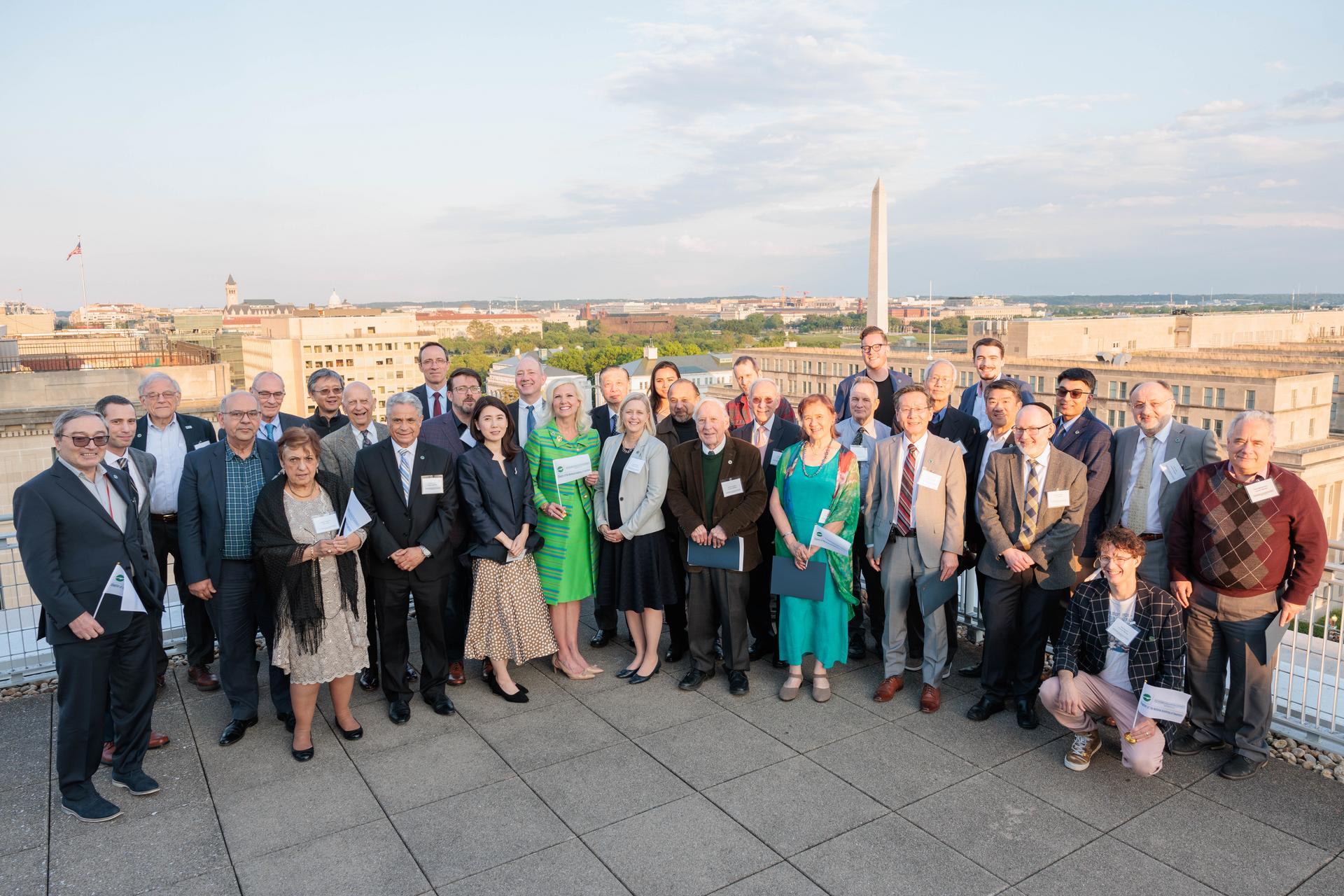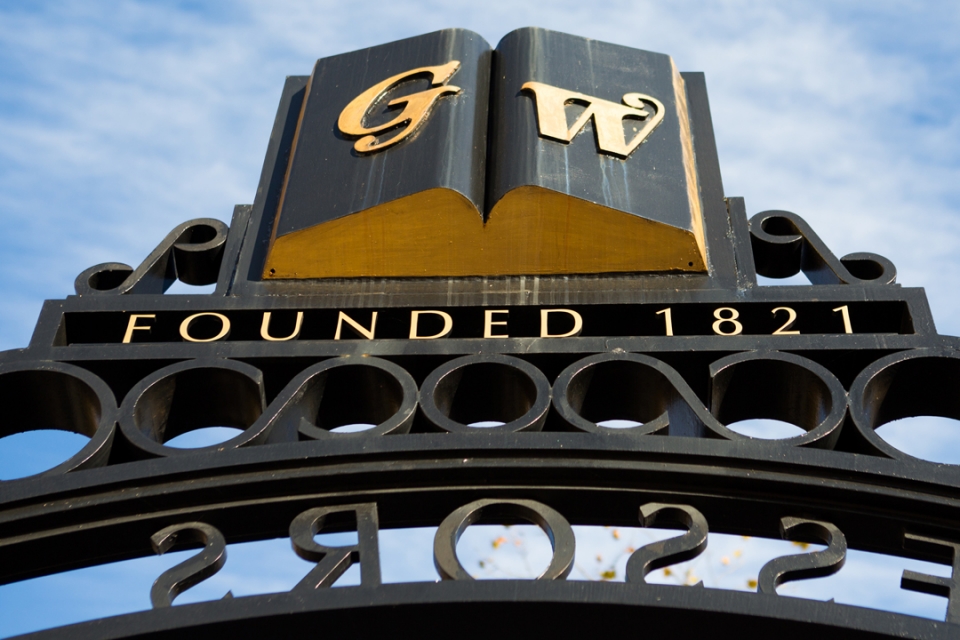For many cancer patients, the treatment can be nearly as excruciating as the illness. Chemo rash, a painful and common side effect of certain chemotherapy medications, can become so debilitating that treatment has to be discontinued. But a promising potential solution is now in clinical trials: HT-001, a new drug for alleviating skin disorders caused by epidermal growth factor receptor (EGFR) inhibitor therapy. Co-developed by George Washington University Professor of Biochemistry and Molecular Medicine William Weglicki and licensed to Hoth Therapeutics, Inc., HT-001 is an exemplar of the possibilities for human progress that arise when corporate resources meet academic vision and ingenuity.
Accordingly, Weglicki was one of 38 GW faculty members inducted into the university’s newly launched chapter of the National Academy of Inventors (NAI) last week. Founded in 2010, NAI is dedicated to fostering cultures of innovation, collaboration and entrepreneurship within and between academic institutions. In collaboration with GW’s Technology Commercialization Office (TCO), the NAI chapter will provide resources and networking opportunities to established inventors as well as a mentorship platform for the next generation of innovators.
“This chapter will be a great tool to help increase collaboration and boost the impact of our collective work,” Vice Provost for Research Pamela Norris said at the launch. “We have a strong culture of GW innovation and entrepreneurship [which] is possible thanks to our visionary faculty, staff, postdocs, students—individuals that can think beyond their labs and imagine their discoveries making the world a better place.”
“The GW NAI chapter launch is a testament to the university’s commitment to fostering a culture of discovery, creativity and entrepreneurship,” TCO Executive Director Brian Coblitz said. “By celebrating the accomplishments of its members and providing a forum for idea exchange, this event plays a pivotal role in shaping the future of innovation at GW and beyond.”
The 38 inventor members of the GW NAI chapter have either more than one GW-owned issued U.S. patent or a patent licensed by GW. Some have both. Besides HT-001, their licensed technologies include a treatment for septic shock; diagnostic systems for infection and appendicitis; thrusters for microsatellites; and many more. (Twenty honorary members also were inducted into the chapter, including student inventors and community entrepreneurs.)
Eight NAI Fellows have been inducted while at GW, including current faculty members Robert H. Miller, Akos Vertes, Mona Zaghloul and Michael Keider. (Keider also will receive GW’s inaugural Inventor of the Year award at this year’s Faculty Honors Ceremony.)
Hoth Industries CEO Rob Knie, who worked with Coblitz and Weglicki to license HT-001, lauded the GW TCO for its “unheard-of” efficiency in facilitating the licensing process.
Tim Warden, president of West Virginia-based air handling business Englo, Inc., shared the possibilities of a hybrid solar kiln, developed by GW faculty members and licensed to his company last summer, which can drastically lower the energy costs of drying lumber. “From the beginning the inventors combined some good engineering skills with industry knowledge, and that’s what creates something valuable,” Warden said.
“In order to maintain our competitive edge in an ever increasingly competitive global environment, we must harness the intellect and energy of as many diverse and creative inventors as possible,” said Elizabeth Dougherty, an NAI board member and eastern regional outreach director for the U.S. Patent and Trademark Office. “America’s inventors, including and especially those who celebrate here this evening, will continue to be at the heart of it, making it all possible…We celebrate you and the entirety of your work in the GW inventor community.”
GW School of Engineering and Applied Science Dean John Lach echoed Norris on the importance of honoring innovators and moving promising research beyond the laboratory.
“When I think about why we're all here, what are we doing—especially with our research mission—the word that always comes to mind for me is impact,” Lach said. “We are creating knowledge to have an impact and make the world a better place.”



